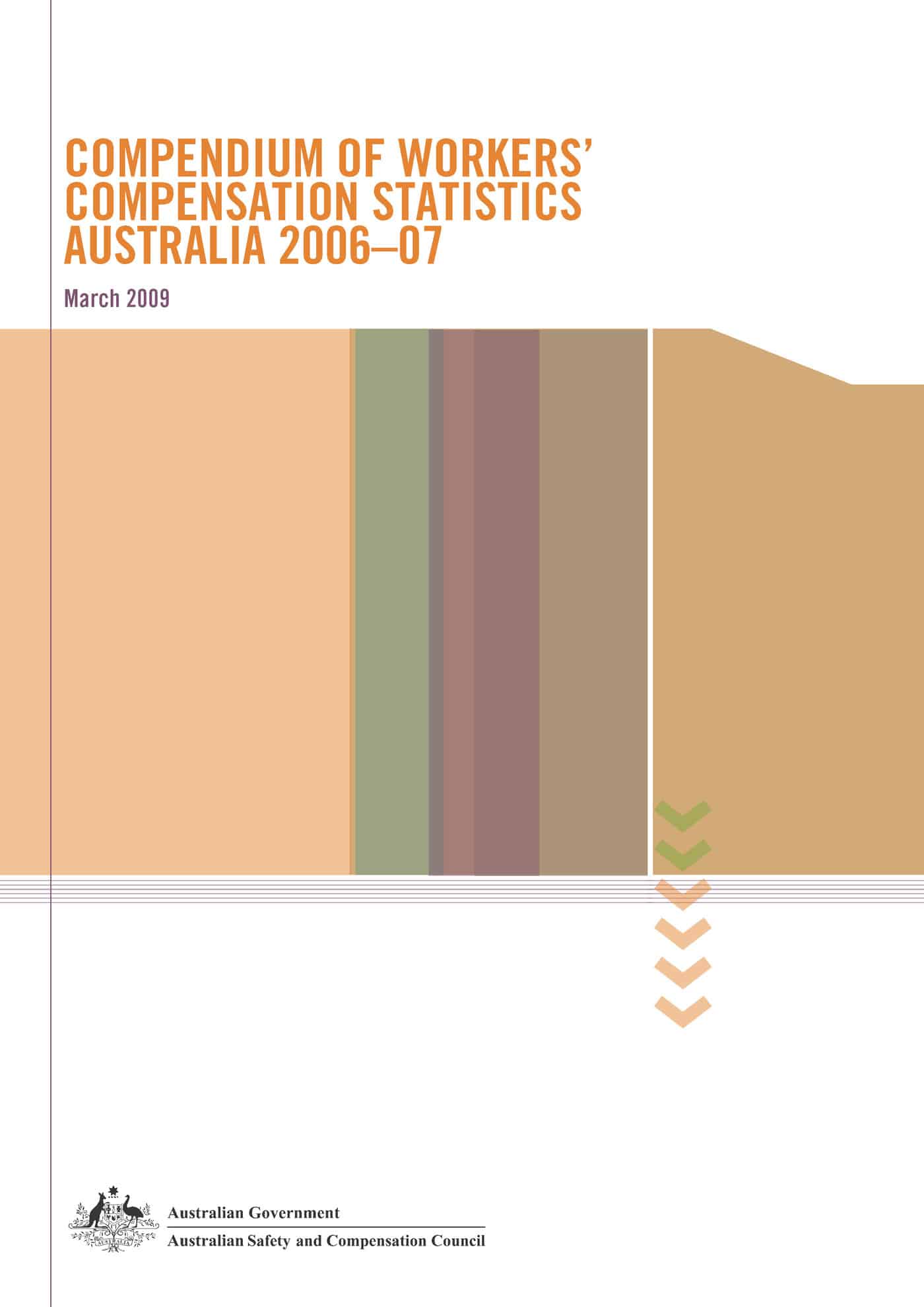 Robyn Parkin has completed her small survey of handedness in safety management. Initial results are below:
Robyn Parkin has completed her small survey of handedness in safety management. Initial results are below:
- “92% of respondents stated that their companies do not ask whether a person is left- or right-handed on their accident report form, and 77% do not consider handedness as a possible root cause of accidents.
- 13 companies stated that they may consider handedness where ergonomics is a possible issue, eg with poor access to equipment controls.”
More details will be available in an upcoming edition of New Zealand’s Safeguard magazine. Robyn Parkin can be contacted about her research at robyn@impac.co.nz

 Kathleen’s career may have progressed (as probably has her tan) but the hazards and control solutions that we discussed in 2001, sadly remain relevant. I have reproduced some of the interview I conducted with Kathleen in those early days when no-lift policies were radical and patient-handling equipment was expensive and rare.
Kathleen’s career may have progressed (as probably has her tan) but the hazards and control solutions that we discussed in 2001, sadly remain relevant. I have reproduced some of the interview I conducted with Kathleen in those early days when no-lift policies were radical and patient-handling equipment was expensive and rare.





